Ua Huka has four museums which promote the island’s history, nature and culture. They are dedicated to the sea, archeology, petroglyphs and wood. The Papuakeikaa arboretum is an emblematic tourist site reputed throughout French Polynesia and beyond. These sites help to make Ua Huka a leading destination for cultural activities in The Islands of Tahiti.
The Papuakeikaa arboretum is next to the village of Vaipee in Ua Huka. It is a conservatory and genetic reservoir of the first order,. With 5,000 disease free citrus trees of 150 different varieties in its six acre site, it is able to supply saplings to nurseries throughout French Polynesia. The collection of citrus trees is unique in the Pacific and its only equivalent is in the USA. Founded in the 1970s, its main objective is to help in the fight against deforestation, notably by offering different varieties of saplings to the local population for planting. It takes the best part of day to visit the arboretum and the wood museum next to it.
The wood museum and the Te Tum museum
The wood museum exhibits various wood species shown from different angles. A cross-section of bark, along with a vertical and a horizontal cross section of the same tree, enable you to observe physical properties of the whole tree and study its color and forms in great detail. The museum also displays wooden sculptures and other objects. Located in the same grounds, it makes and an interesting addition to the visit of the arboretum.
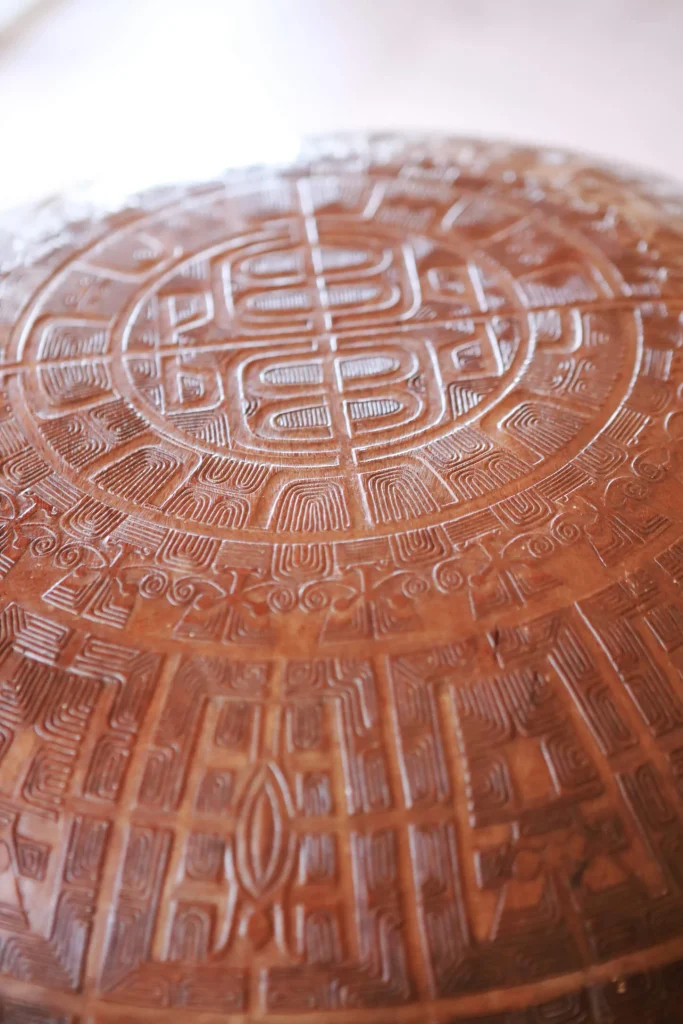
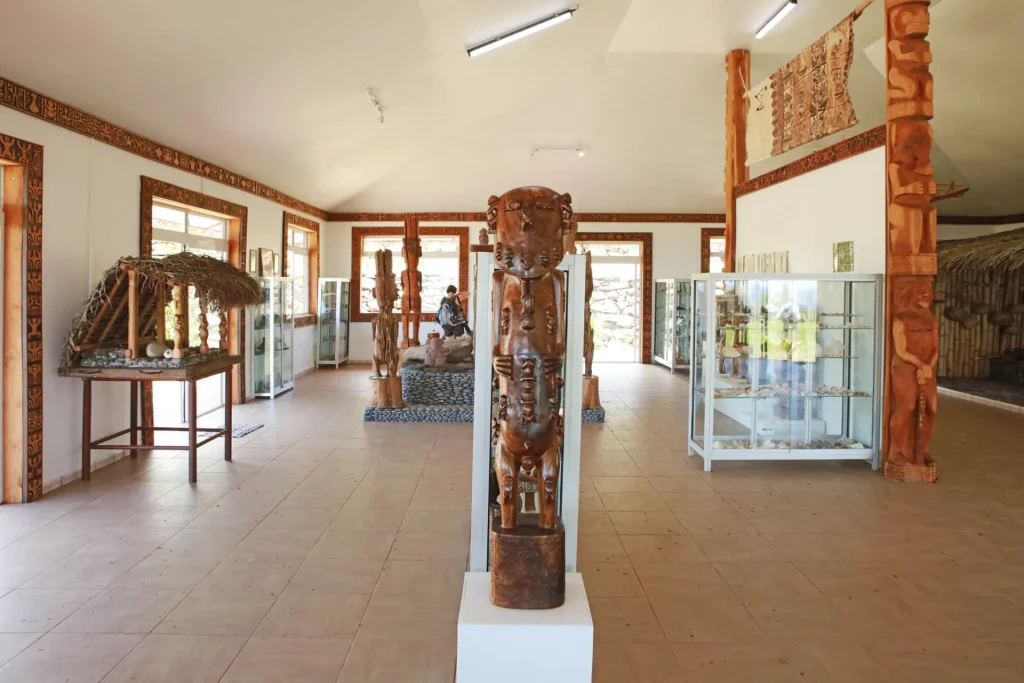
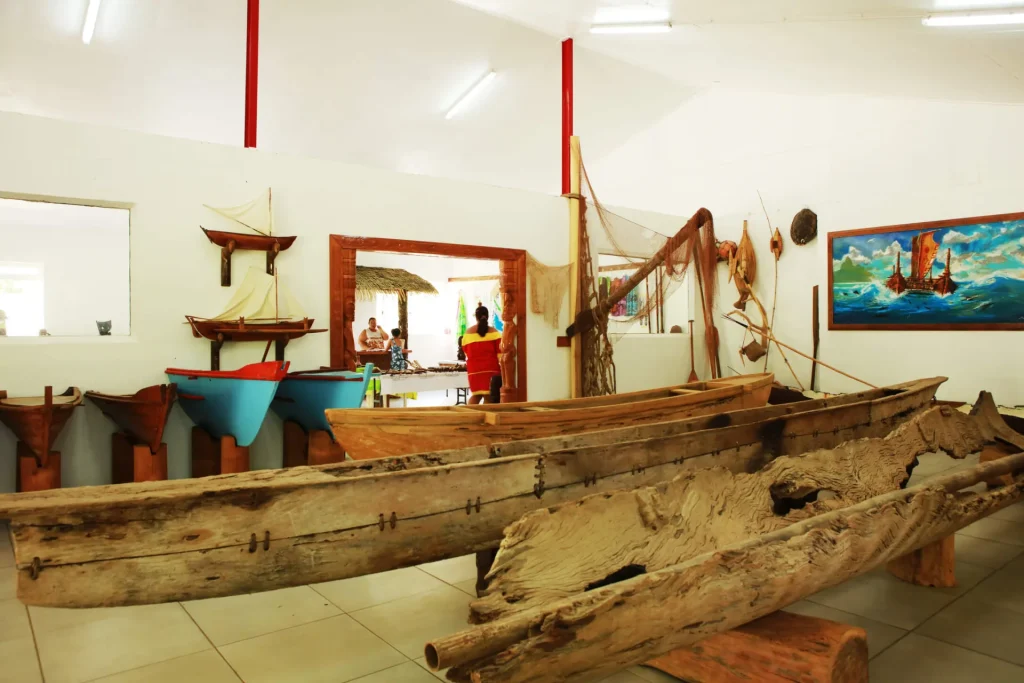
Te Tumu is a municipal museum and is the oldest of the four museums in Ua Huka. A variety of different objects are on display, from fishhooks to tiki. The museum also exhibits the latest cultural and archeological finds on the island, including many traditional Marquesan objects, which give an insight into the ancestral way of life. Each year, a sculpture competition is held in the museum.
The museum of the sea in Hane and the petroglyph museum in Hokatu
Created by former mayor Léon Lichtie, the museum of the sea has displays of traditional Polynesian outrigger canoes from different periods, and traces the development of construction techniques and materials. Of particular interest, is an ancient Marquesan canoe discovered in a funeral cave in Nuku Hiva.
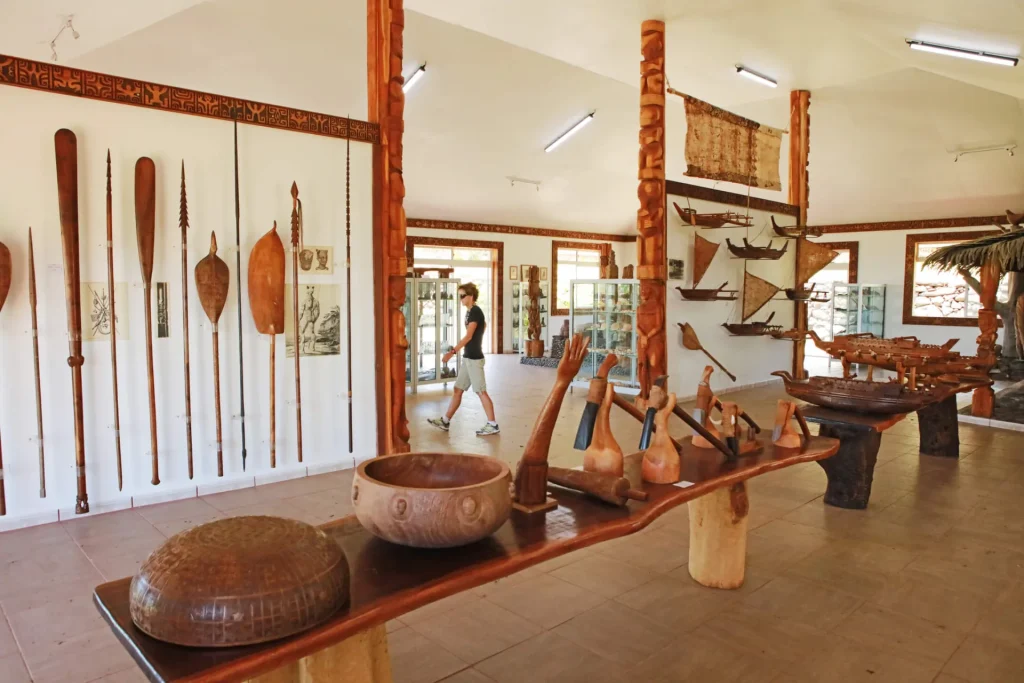
Further along the bay of Hane, you come to the petroglyph museum of Hokatu. The exhibits are moulds of engraved stones found in the many archeological sites on the island. One of the most impressive is Vao Nui, that depicts a human head with huge eyes. The signification of most of these engravings is still a mystery. Perhaps you might find the answer!
Themes

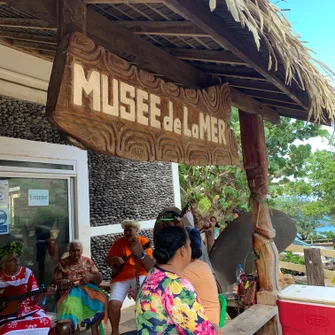



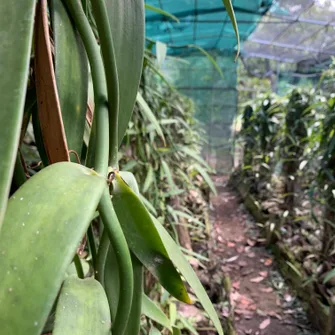
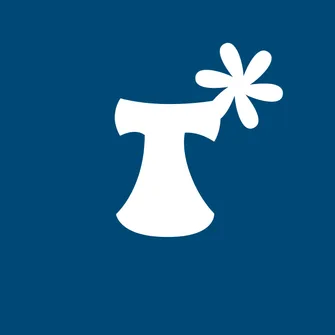
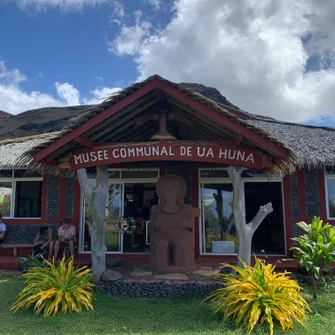

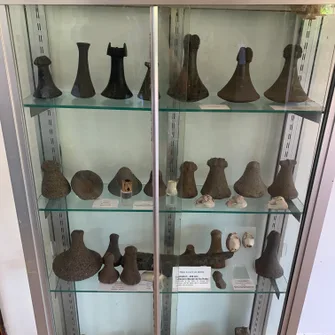
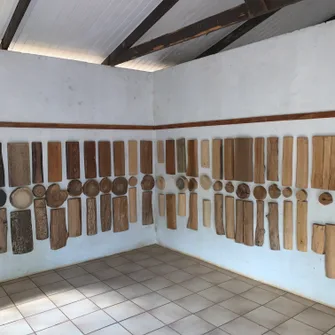
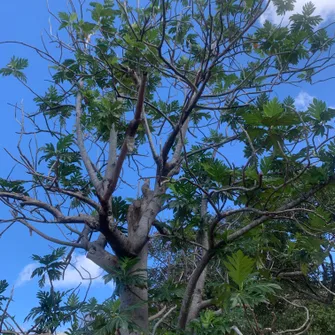
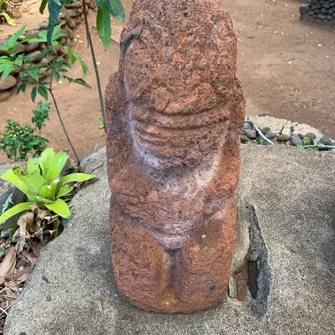
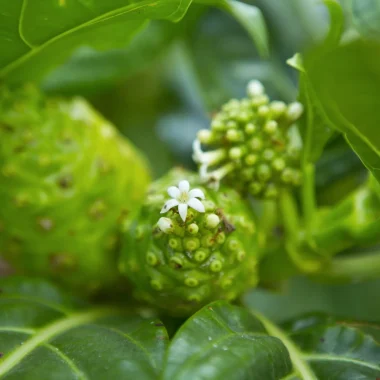
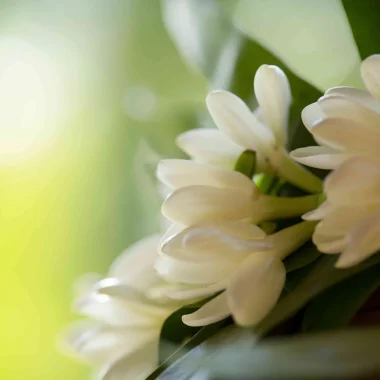
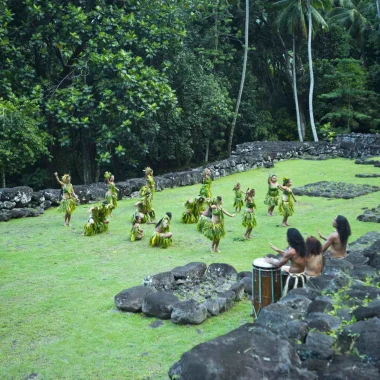
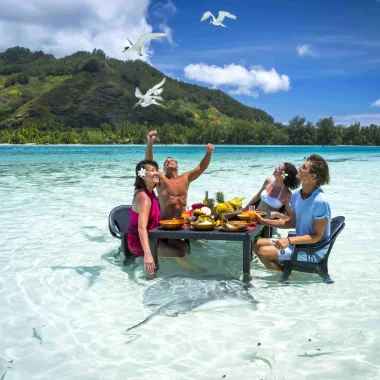
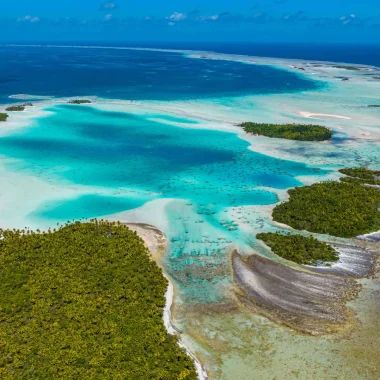
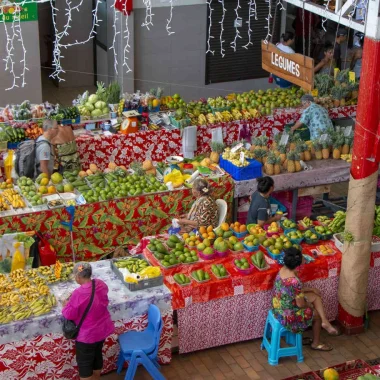
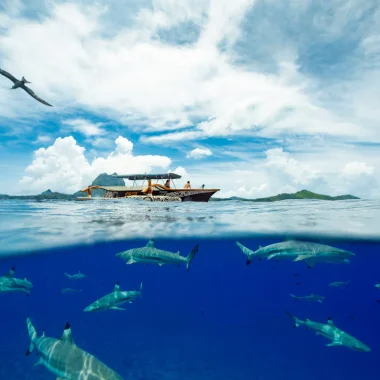
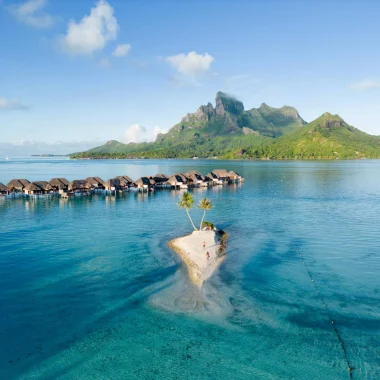
 América del Sur
América del Sur
 Australia
Australia
 Belgique
Belgique
 Brasil
Brasil
 Canada (EN)
Canada (EN)
 Canada (FR)
Canada (FR)
 Deutschland
Deutschland
 España
España
 France
France
 Italia
Italia
 Mexico
Mexico
 Polynésie française
Polynésie française
 New Zealand
New Zealand
 Schweizerisch (DE)
Schweizerisch (DE)
 Suisse (FR)
Suisse (FR)
 United Kingdom
United Kingdom
 United States
United States
 한국
한국
 中国
中国
 日本
日本